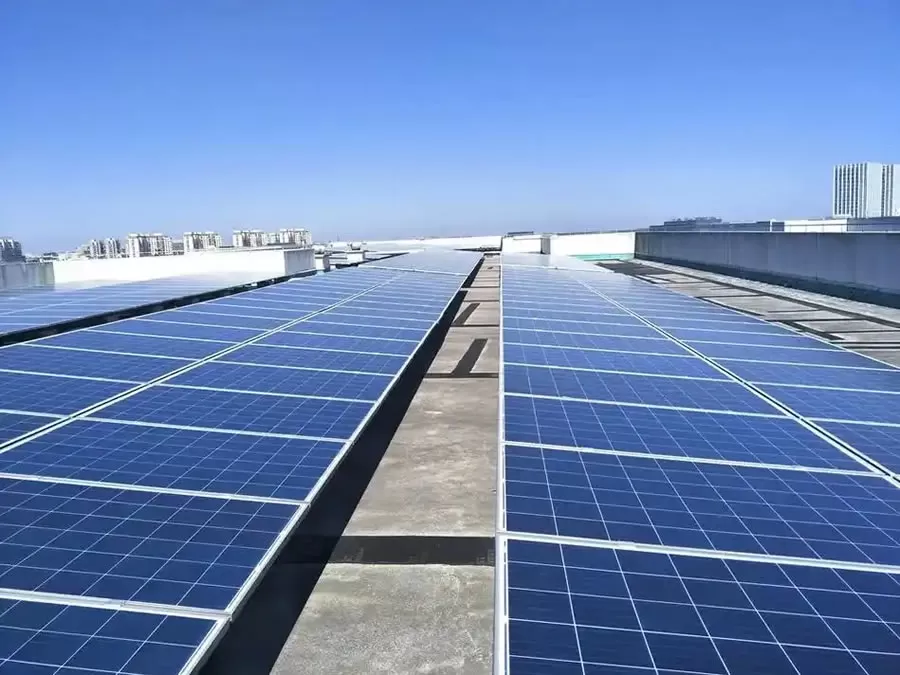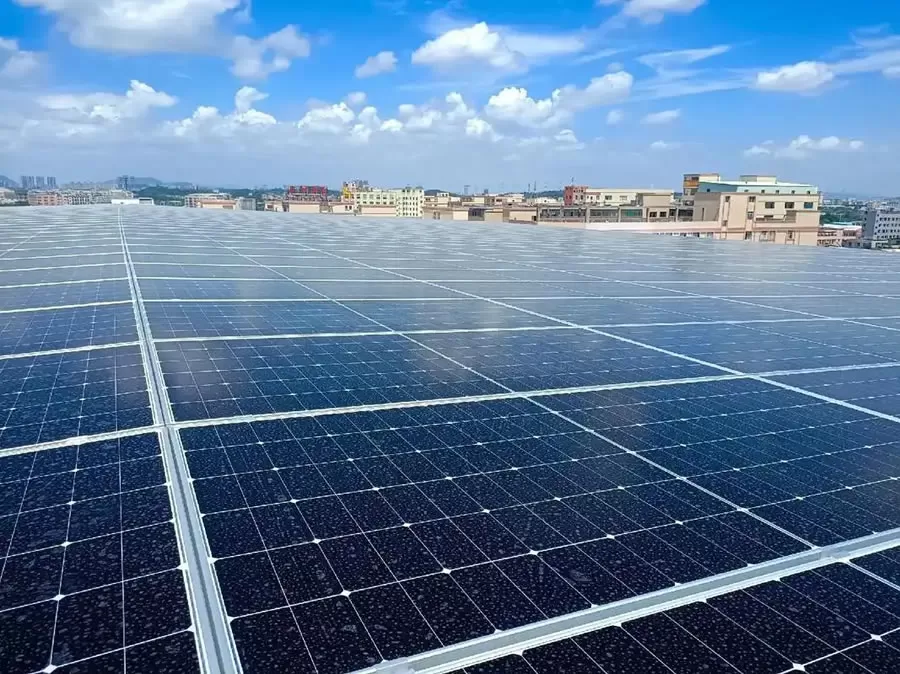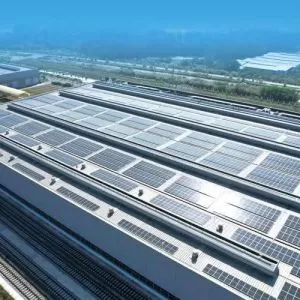
With the advancement of global energy transition, solar photovoltaic power generation, as a clean and renewable energy source, is being favored by more and more enterprises and shopping malls. It not only reduces operating costs, but also promotes environmental protection. However, the return on investment (ROI) cycle of a PV system is often an important consideration in business decisions.
So how long does it actually take for a solar PV system to pay for itself? Taking Tesla China's Shanghai Super Factory 20MW rooftop PV as an example, the construction cost in 2021 is only $5.2/W, 67% lower than the cost of the same type of project in 2016, and this cost cliff drop is reconstructing the ROI model. This paper will combine a number of real cases, comprehensive detailed analysis about the installation of solar photovoltaic systems, how long can give the enterprise's earnings back to the capital.
1. Initial investment cost of PV system
First, let's look at the initial investment of a PV system. The investment cost of a typical commercial PV system roughly includes the equipment purchase cost, installation cost, as well as the system commissioning and operation and maintenance costs. Depending on the market and region, the unit price of equipment and installation costs vary slightly, but typically the total cost of PV panels, inverters, battery storage systems, etc. ranges from $500 to $1,000/kW. You can probably refer to the cost analysis:
Equipment cost: monocrystalline silicon module ($3.2/W) + inverter ($0.45/W) accounts for 68%;
Installation costs: bracket system (0.6 yuan / W) + electrical equipment (0.3 yuan / W) accounted for 17%;
Hidden costs: design approval (0.15 yuan / W) + operation and maintenance reserve (0.1 yuan / W) accounted for 5%;
For example, the 5MWp PV project of Wanda Plaza in Ningbo, Zhejiang Province has a total investment of about RMB 20 million, calculated at RMB 5000/kW. This project's installed 5MW PV system to provide sustainable green energy for the shopping center.

Average price trend of EPC for photovoltaic projects from January to May 2024
2. Annual Power Generation and Electricity Savings
The core value of a PV system is its power generation capacity and savings in electricity costs. Take the PV project of Wanda Plaza as an example, the annual power generation capacity of this project reaches 5 million kWh. If the price of electricity is calculated at 0.6 RMB/kWh, the average annual saving in electricity cost is about 3 million RMB.
In addition, many commercial buildings such as Canberra's commercial rooftop PV project, the system saves up to 40% of the annual electricity bill. For large commercial centers, PV systems are usually able to cover most of the building's electricity needs, especially during the day when solar power generation is high.
3. Payback cycle
The payback period of a PV system depends on a number of factors, including system size, power generation, electricity price and maintenance cost. The following is a concrete analysis of actual cases:
Case 1: Ningbo Wanda Plaza Photovoltaic Project
Initial investment: 20 million yuan
Annual power generation: 5 million kWh
Annual electricity cost saving: 3 million yuan
Payback period: 20 million yuan / 3 million yuan ≈ 6.7 years
According to this project, the payback period is about 6.7 years. This means that all the investment will be recovered through savings in electricity costs in about 6.5 years after the system is in operation.
Case 2: Canberra commercial rooftop PV project
In Canberra, the payback period for some commercial rooftop PV systems has been reduced to 2-3 years. As the price of PV equipment continues to fall and businesses become less reliant on the grid, more and more businesses are seeing the potential of PV as an investment.
For example, a medium-sized business that installed a 100 kW PV system on its roof generates 150,000 kWh of electricity annually, saving about $0.70 per kWh on its electricity bill. The business saves $105,000 per year in electricity costs and the total system investment is $700,000 per year. Thus, the payback period is 700,000 RMB / 105,000 RMB = 6.7 years.
4. Key factors affecting the payback of PV investment
Lighting conditions
Depending on the dimension of light, the return is different, for example, the project in Hainan, China, generates 41% more electricity than the project in Heilongjiang, China.
Characteristics of Electricity Consumption
Self-consumption rate of up to 92% for chip plants with 24-hour production.
Module Efficiency
HJT modules increase power generation by 19% compared to PERC.

5. Long-term benefits of PV systems
In addition to helping businesses save money on their electricity bills, the long-term benefits of photovoltaic systems include increased property values and enhanced brand image. For example, by using clean energy, companies improve their corporate social responsibility image and attract more consumers and partners.
In addition, solar PV systems typically have a lifespan of 25 years or more, and after the payback period, subsequent power generation is essentially a “zero-cost” benefit. For example, if the system continues to operate for 20 years after the payback period, and the average annual savings in electricity costs is $3 million, the total benefit over 20 years will be $60 million.
Long-Term Benefits
Increase in property value, proportion of large commercial real estate installation of PV systems, often attract more green certified tenants, to enhance the overall rental income.
Improve brand image, green image helps brand promotion and increase customer loyalty.
6. Policy support and subsidies
In many regions, governments provide subsidies and tax incentives for solar PV projects, which greatly reduces initial investment costs. In China, some regions provide subsidies of RMB 0.3~0.6 per watt for commercial PV projects, and investors can also enjoy policy support such as VAT rebates and corporate income tax exemptions. These policies effectively shorten the payback period and increase the overall yield of the PV system.
Summary
Overall, the payback period of solar PV systems is generally between 6 and 7 years, but in some projects with favorable conditions, the payback period may be even shorter, even up to 2 to 3 years. The return on investment of a PV system is not only reflected in electricity bill savings, but also includes long-term benefits by enhancing corporate image and increasing property values. With the advancement of PV technology and strengthened policy support, more and more commercial centers are investing in PV power generation systems to achieve cost savings and sustainable development goals.
If you would also like to know how to customize a PV solution that suits your needs, please feel free to contact us and we will provide you with a detailed cost-benefit analysis and implementation plan.









One step to find us,we will respond within 24 hours.
More Contact Details
008613738639386
[email protected]